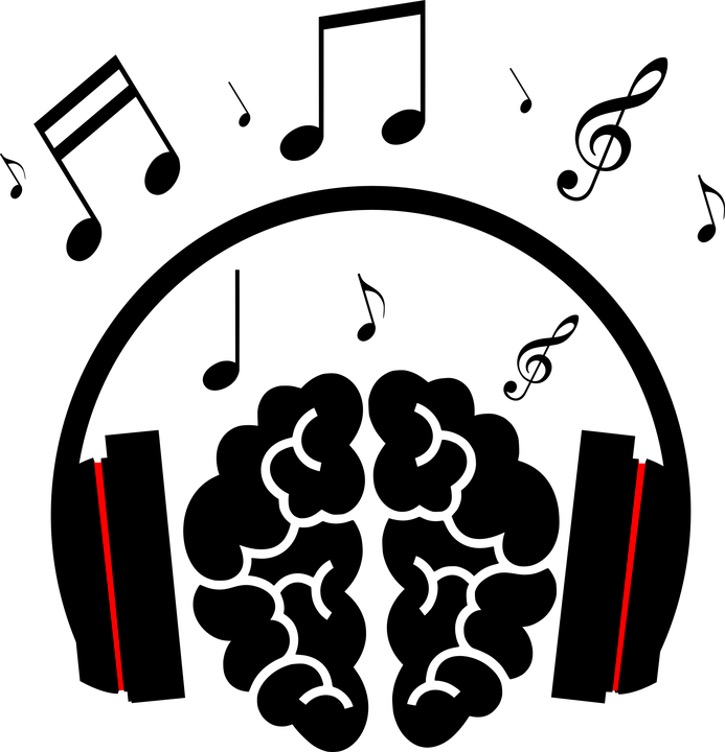
Figure 1: Why is music so rewarding for the human brain?
Source: Pixabay
‘Girl you’re amazing,
Just the way you are…’
The song played in my headphones as I sat completely engrossed with the captivating tone of Bruno Mars. Music evidently has an immediate cognitive impact on human mood and behaviors, yet it is hard to see any sort of direct evolutionary advantage that comes from listening to music. Why is music so rewarding, then?
Cognitive researcher Ernest Mas-Herrero of the University of Barcelona, publishing his findings on March 30th in the Journal of Neuroscience, has identified an important clue to understanding musical reward processing (Mas-Herrero et al., 2021). Previously, researchers had determined that a specific reward circuit in the brain called the striatum circuit regulated musical response. The current study has now confirmed that a very specific nodal region within the striatum called the Nucleus Accumbens (NAcc) is critical for driving musical pleasure. This means that “musical pleasure is driven by a specific circuitry in the brain that we share with many other organisms,” said Mas-Herrero. It’s a structure also responsible for the rewarding feelings of other pleasures, such as food and sex.

Figure 2: Researchers have struggled to understand musical reward processing in the brain for decades
Source: Pixabay
Music is such an abstract art that even experts have struggled to understand why it triggers such profound rewarding experiences (unlike sex or food that has intrinsic value). Yet, there have been multiple attempts to understand its cognitive reward processing. Just three years back, Mas-Herrero and his team used behavioral and psychophysiological measures to understand musical reward processing. Back then they had used a brain stimulation technique called transcranial magnetic stimulation (or TMS), which uses a helmet-like device, placed above the participants forehead to target the dorsolateral prefrontal cortex (DLPFC) of the brain. This technique allowed the researchers to observe excitation or inhibition of the DLPFC while the participants listened to music.
This time around, in addition to employing TMS, Mas-Herrero and his team used functional magnetic resonance imaging (fMRI), a popular brain mapping technique that checks the flow of blood through various parts of the brain to understand which regions are most active in the process.
For the experiment, the researchers gathered 17 random males and female participants and first placed the helmet-like TMS device around their scalp. The coil of the device created a gentle electric current that stimulated the nerves in the brain, either to excite or inhibit the reward circuitry. Then, the researchers let the participants listen to music (that they have or haven’t heard before) for 20 straight minutes while observing their brain activity through fMRI. The team found that prior excitation or inhibition of reward circuitry significantly affected how participants received musical pleasure. The fMRI confirmed that regulation of all these processes depended upon the nucleus accumbens – the nodal brain region mentioned earlier to be involved with musical reward processing.
Mas-Herrero believes that the study could have important clinical implications because disorders such as addiction and depression are also characterized by dysregulation of the nucleus accumbens. “The study may open up new perspectives for music-based interventions,” he suggested.
Despite these exciting findings, this quest to understand musical pleasure will continue for Mas-Herrero and team. “What is it in music that our brains find rewarding? Which factors shape our preferences? We look ahead to understand them all”, Mas-Herrero said.
References
Ernest Mas-Herrero, Alain Dagher, Marcel Farrés-Franch, Robert J. Zatorre, (2021). Unraveling the temporal dynamics of reward signals in music-induced pleasure with TMS. Journal of Neuroscience; DOI: 10.1523/JNEUROSCI.0727-20.2020
Mas-Herrero, E., Dagher, A. & Zatorre, (2018). Modulating musical reward sensitivity up and down with transcranial magnetic stimulation. Nat Hum Behav 2, 27–32 . https://doi.org/10.1038/s41562-017-0241-z
Virginia Hughes, (2013). Why does music feel so good? NatGeo https://www.nationalgeographic.com/science/article/why-does-music-feel-so-good
Related Posts
An Overview of Modern Brain-Imaging Techniques
Figure: An image of a Magnetic Resonance Imaging (MRI) scan....
Read MoreStrength in Numbers: How Community Enhances Perceived Support
Figure 1: Bandmates join in a group hug. The powerful...
Read MoreThe Future of Wearable Devices
Figure: The colored sections of the brain represent the different...
Read MoreSaugat Bolakhe



